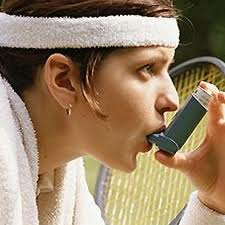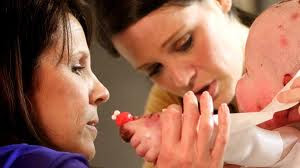
External compression headaches
Definition:
External compression headaches can occur when any head wear puts continuous pressure on your forehead or scalp.
Common culprits of external compression headaches include tight hats,
helmets, headbands and goggles. These headaches are sometimes known by
other names that are specific to the type of equipment causing your
headache, such as "swim-goggle headache" or "football-helmet headache."
With...















.jpg)
.jpg)
.jpg)







.jpg)